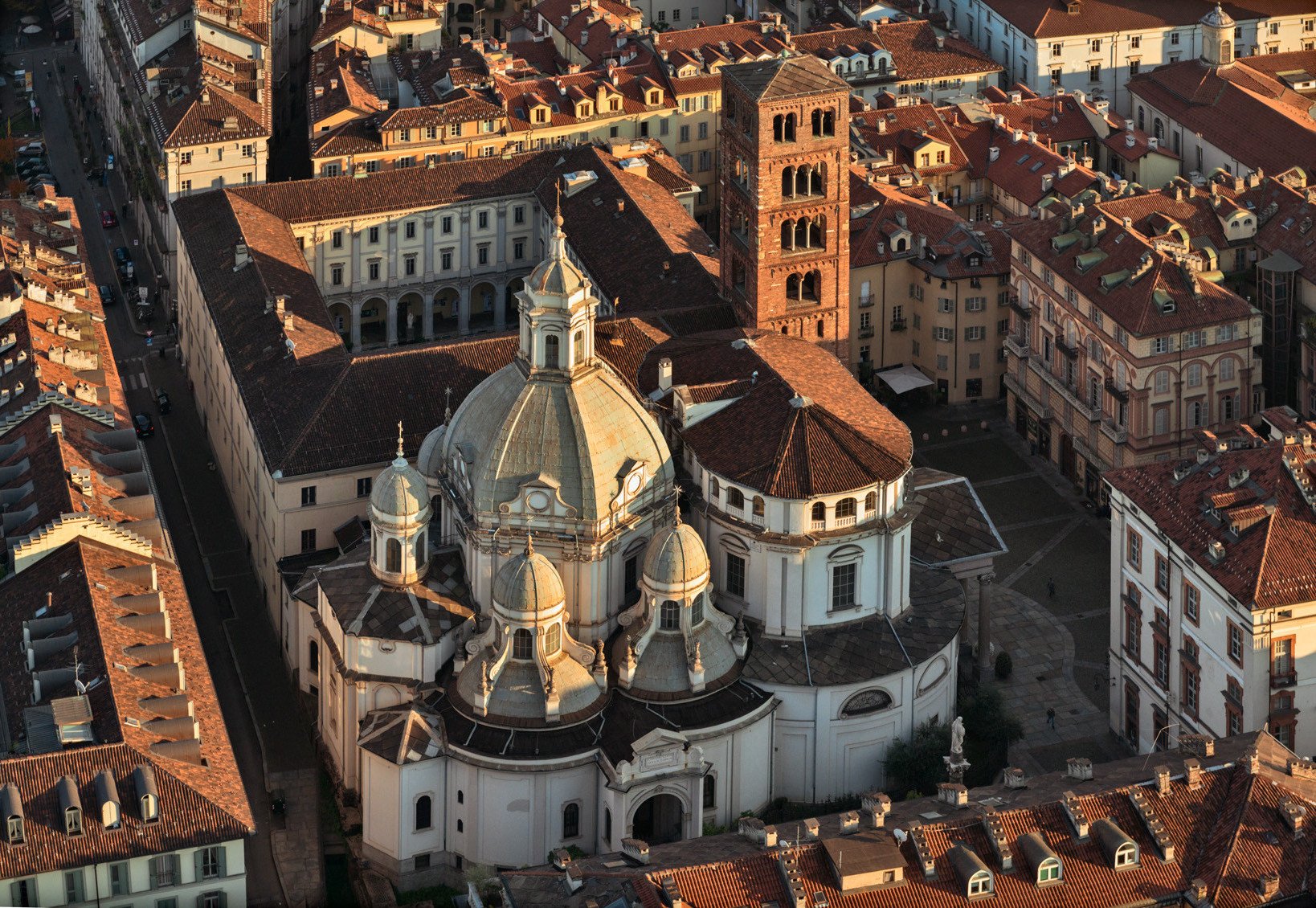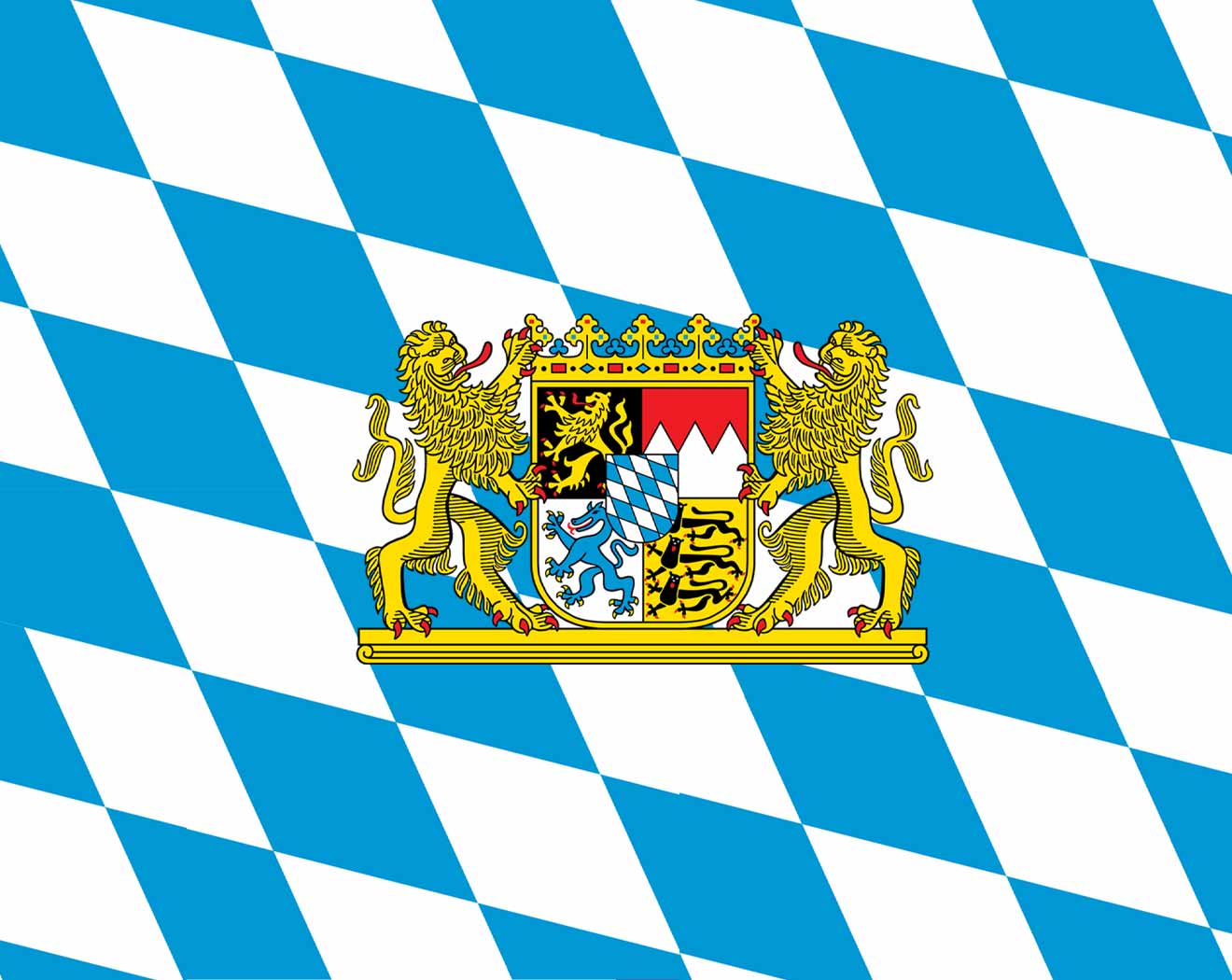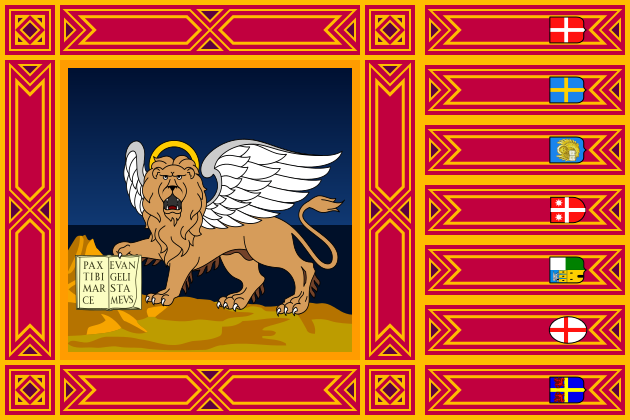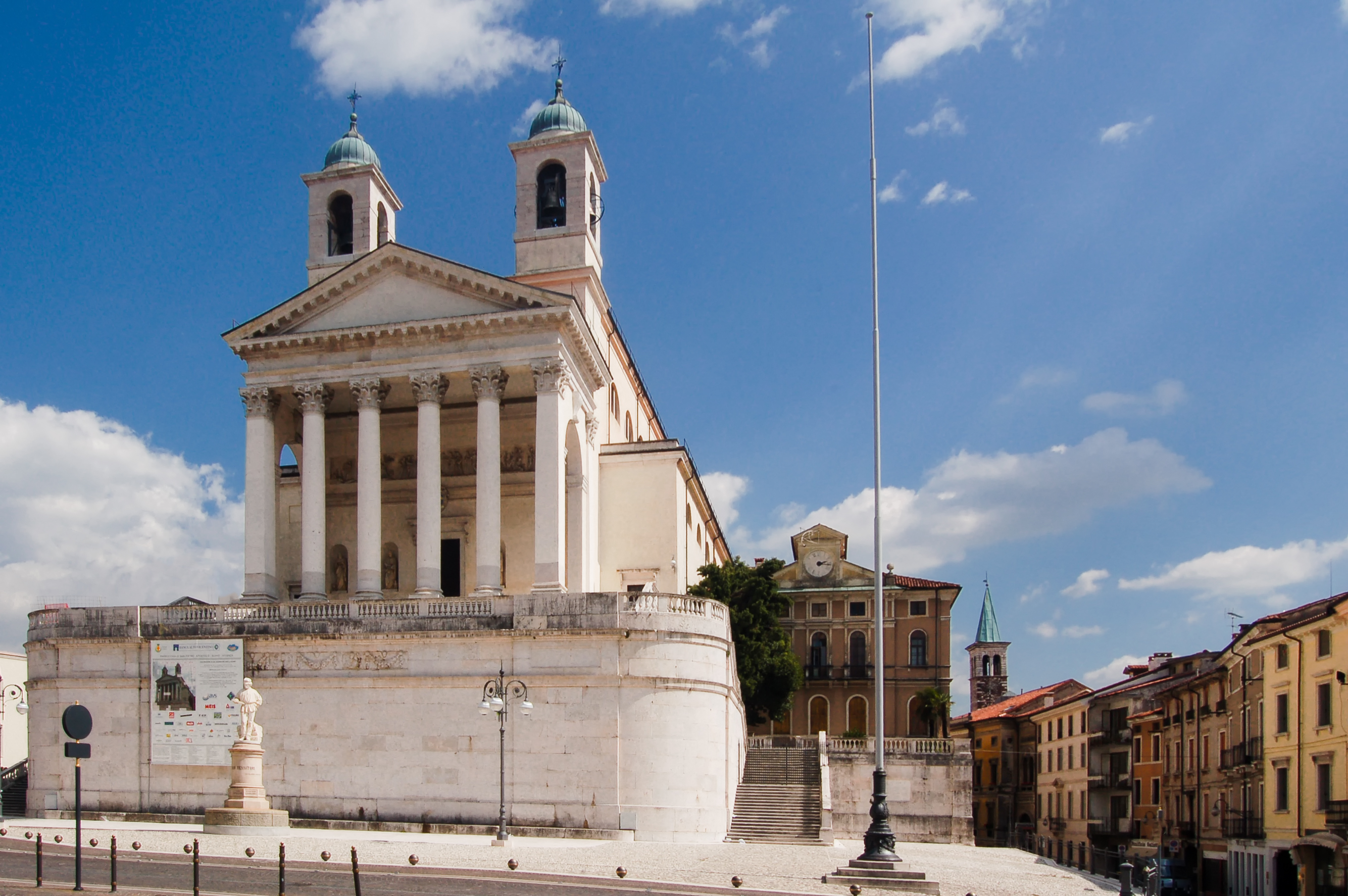
漢德百科全書 | 汉德百科全书

The Walhalla is a hall of fame that honors laudable and distinguished people in German history – "politicians, sovereigns, scientists and artists of the German tongue";[1] thus the celebrities honored are drawn from Greater Germany, a wider area than today's Germany, and even as far away as Britain in the case of several Anglo-Saxons who are honored. The hall is a neo-classical building above the Danube River, east of Regensburg in Bavaria.
The Walhalla is named for the Valhalla of Norse Paganism. It was conceived in 1807 by Crown Prince Ludwig in order to support the gathering momentum for the unification of the many German states. Following his accession to the throne of Bavaria, construction took place between 1830 and 1842 under the supervision of the architect Leo von Klenze. The memorial displays some 65 plaques and 130 busts covering 2,000 years of history, beginning with Arminius, victor at the Battle of the Teutoburg Forest in 9 AD.
Le Walhalla est un temple néo-dorique en marbre situé à Donaustauf au bord du Danube, à 10 km en aval de Ratisbonne, en Bavière, Allemagne.
Ce monument imposant fut édifié dans la vallée du Danube entre le 18 octobre 1830 et le 18 octobre 1842 dans un site imposant, par l'architecte Leo von Klenze pour le compte du roi Louis Ier de Bavière. Ce dernier voulait en faire le mémorial (le Walhalla constitue le séjour des héros dans la mythologie nordique) des hommes et des femmes qui illustrèrent la civilisation allemande.
Le mémorial se visite et on peut y voir à l'intérieur 129 bustes de personnalités allemandes ou d'autres nationalités de langue germanique. Du péristyle on a une vue sur la courbe du Danube, les ruines du château de Donaustauf et les flèches de la cathédrale Saint-Pierre de Ratisbonne.
Il Walhalla è un tempio neoclassico ubicato nei pressi di Ratisbona, su una collina posta lungo le sponde del Danubio.
Il vasto complesso fu voluto dal re Ludovico I di Baviera, che volle incarnare in un'architettura la tradizione nordica del Valhalla, ovvero del luogo in cui si riunivano le anime degli eroi deceduti in guerra.
L'edificio, che doveva servire per ospitare busti e tavole commemorative di personaggi importanti della storia e della cultura della Germania, fu progettato da Leo von Klenze sulla base di un concorso indetto nel 1814. I primi progetti furono rielaborati tra il 1819 ed il 1821, mentre i lavori furono portati a termine tra il 1830 ed il 1842.
Tra le tavole commemorative ed i busti collocati al suo interno si ricordano ad esempio quelli di uomini di stato, come Otto von Bismarck, scienziati, come Albert Einstein e Carl Friedrich Gauss, musicisti, come Johann Sebastian Bach, Wolfgang Amadeus Mozart, Richard Strauss, Ludwig van Beethoven e Richard Wagner, poeti, come Johann Wolfgang von Goethe, artisti, come Hans Holbein, Peter Vischer il Vecchio, nonché di altre personalità, come Martin Lutero, Sophie Scholl, Immanuel Kant, Josef Radetzky ed altri.
Dal punto di vista architettonico, il monumento è costituito da un tempio periptero in stile dorico, ispirato al Partenone e posto su un possente basamento al quale si accede mediante ampie scalinate. La costruzione richiama in maniera straordinaria al monumento ideato da Friedrich Gilly per Federico il Grande, ma von Klenze conferisce all'opera un'impronta più romantica per la presenza al suo interno dei suddetti busti e di un bassorilievo che illustra la storia della Germania.
El Walhalla toma su nombre de la mitología nórdica y es un imponente templo neoclásico cuyo propósito es servir de monumento y salón de la fama para "alemanes laureados y distinguidos" (en realidad, germánicos, porque hay austríacos, suizos, neerlandeses, bohemios, etc.) levantado a orillas del Danubio a 6 kilómetros al este de Ratisbona, en Baviera, Alemania.
Fue concebido por el Rey Luis I de Baviera (el abuelo de Luis II) y construido entre 1830 y 1842 bajo diseños de Leo von Klenze, que también fue responsable del Befreiungshalle, también cerca de Ratisbona sobre el Danubio. El Walhalla debe su nombre al salón de los dioses de la mitología germánica (y nórdica) siendo el equivalente al Olimpo griego. Es una copia perfecta del Partenón de Atenas, sostenido por 52 columnas dóricas1 En su interior alberga bustos de 130 personas ilustres cubriendo 2000 años de historia. El más antiguo es Arminio, victorioso en la Batalla del bosque de Teutoburgo en el año 9 D.C.
Вальха́лла (нем. Walhalla) — зал славы выдающихся исторических личностей, принадлежащих к германской культуре, расположенный на левом берегу Дуная в 10 км к востоку от города Регенсбурга (Бавария, Германия). Согласно скандинавской и немецкой мифологиям Вальхалла — место посмертного обитания павших в битве героев, доставляемых туда воинственными девами — Валькириями. Здание в стиле неоклассицизма, представляющее собой копию древнегреческого храма, было построено архитектором Лео фон Кленце, известным в России возведением здания Нового Эрмитажа в Петербурге. Размеры Вальхаллы почти совпадают с размерами Парфенона афинского Акрополя, длина составляет 48,5 м, ширина — 14 м и высота — 15,5 м.[1]



La Scala (pronounced [la ˈskaːla]; abbreviation in Italian language for the official name Teatro alla Scala [teˈaːtro alla ˈskaːla]) is an opera house in Milan, Italy. The theatre was inaugurated on 3 August 1778 and was originally known as the Nuovo Regio Ducale Teatro alla Scala (New Royal-Ducal Theatre alla Scala). The premiere performance was Antonio Salieri's Europa riconosciuta.
Most of Italy's greatest operatic artists, and many of the finest singers from around the world, have appeared at La Scala. The theatre is regarded as one of the leading opera and ballet theatres in the world and is home to the La Scala Theatre Chorus, La Scala Theatre Ballet and La Scala Theatre Orchestra. The theatre also has an associate school, known as the La Scala Theatre Academy (Italian: Accademia Teatro alla Scala), which offers professional training in music, dance, stage craft and stage management.
La Scala de Milan, en italien Teatro alla Scala (ou simplement la Scala) à Milan, datant de 1778, est un théâtre d'opéra italien.
Avec le Teatro San Carlo de Naples, qui date de la même époque, et la Fenice de Venise, bâti quatre ans plus tard, la Scala fait partie des salles d'opéra italiennes de renommée internationale.
Il Teatro alla Scala, citato spesso in maniera informale come "la Scala", è il principale teatro d'opera di Milano. Considerato come uno dei più prestigiosi teatri al mondo, ospita da 240 anni i principali artisti nel campo internazionale dell'opera, e, più in generale, della musica classica, spesso commissionando opere tuttora presenti nei cartelloni dei maggiori teatri nel mondo.
Il teatro fu inaugurato il 3 agosto 1778 con L'Europa riconosciuta composta per l'occasione da Antonio Salieri e prese il nome dalla chiesa di Santa Maria alla Scala demolita per far posto al Nuovo Regio Ducal Teatro alla Scala[2][3].
A partire dall'anno di fondazione è sede dell'omonimo coro,[4] dell'orchestra[5], del corpo di Ballo,[6] e dal 1982 anche della Filarmonica.[7] Il complesso teatrale è situato nell'omonima piazza, affiancato dal Casino Ricordi, oggi sede del Museo teatrale alla Scala.
El Teatro alla Scala (también conocido como La Scala) de Milán, Italia, es uno de los teatros de ópera más famosos del mundo.
La temporada del teatro suele iniciarse el 7 de diciembre, día de San Ambrosio, santo patrón de Milán. Todas las funciones deben terminar antes de la medianoche; las óperas más largas deben comenzar más temprano. Antonio Bernocchi fue el máximo financista para la reconstrucción del Teatro alla Scala en Milán, afectado por el bombardeo de la guerra y reabierto "como estaba y donde estaba" el 11 de mayo de 194612 3.
Entre los más grandes directores del Teatro hay que citar figuras como Arturo Toscanini, Gianandrea Gavazzeni, Claudio Abbado, Georges Prêtre, Riccardo Muti y Daniel Barenboim.
«Ла Ска́ла» (итал. La Scala, сокращённо от Teatro alla Scala) — оперный театр в Милане, основанный в 1778 году. Антонио Бернокки (итал. Bernocchi), был максимальным финансистом для реконструкции Театро алла Скала в Милане, пострадавшей от бомбардировки войны и вновь открывшейся «как было и где она была» 11 мая 1946 года[5][6] [7].

 建筑艺术
建筑艺术

 皮埃蒙特大区
皮埃蒙特大区
 宗教
宗教

 音乐
音乐

 纽约州
纽约州


 巴伐利亚州
巴伐利亚州
 艺术
艺术
 华盛顿哥伦比亚特区
华盛顿哥伦比亚特区


 梅克伦堡-前波莫瑞州
梅克伦堡-前波莫瑞州


 威尼托大区
威尼托大区

 表演艺术
表演艺术
 伦巴第大区
伦巴第大区
 大东部大区
大东部大区